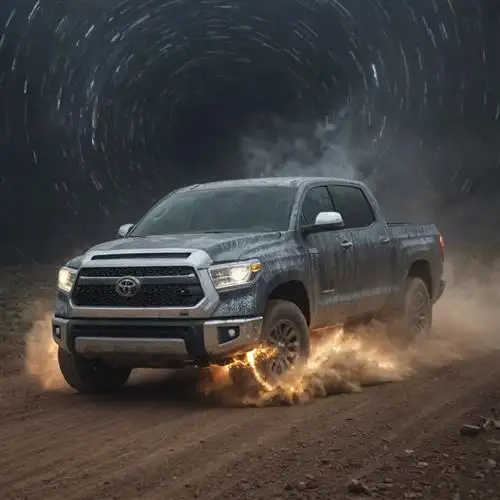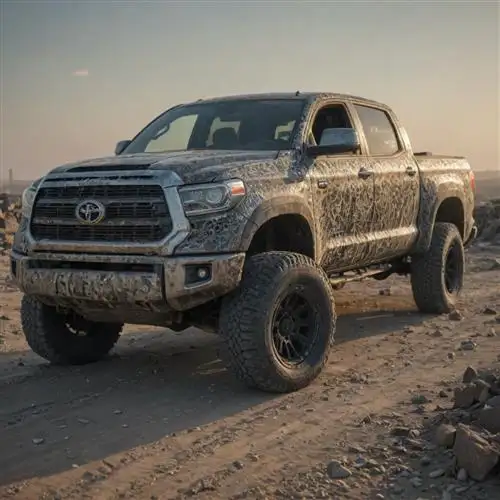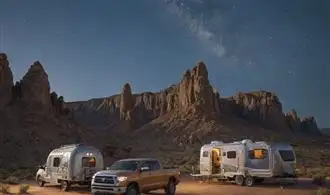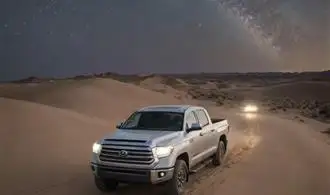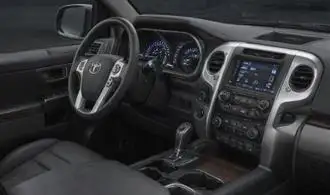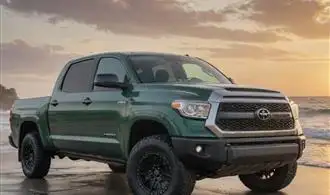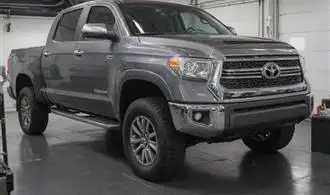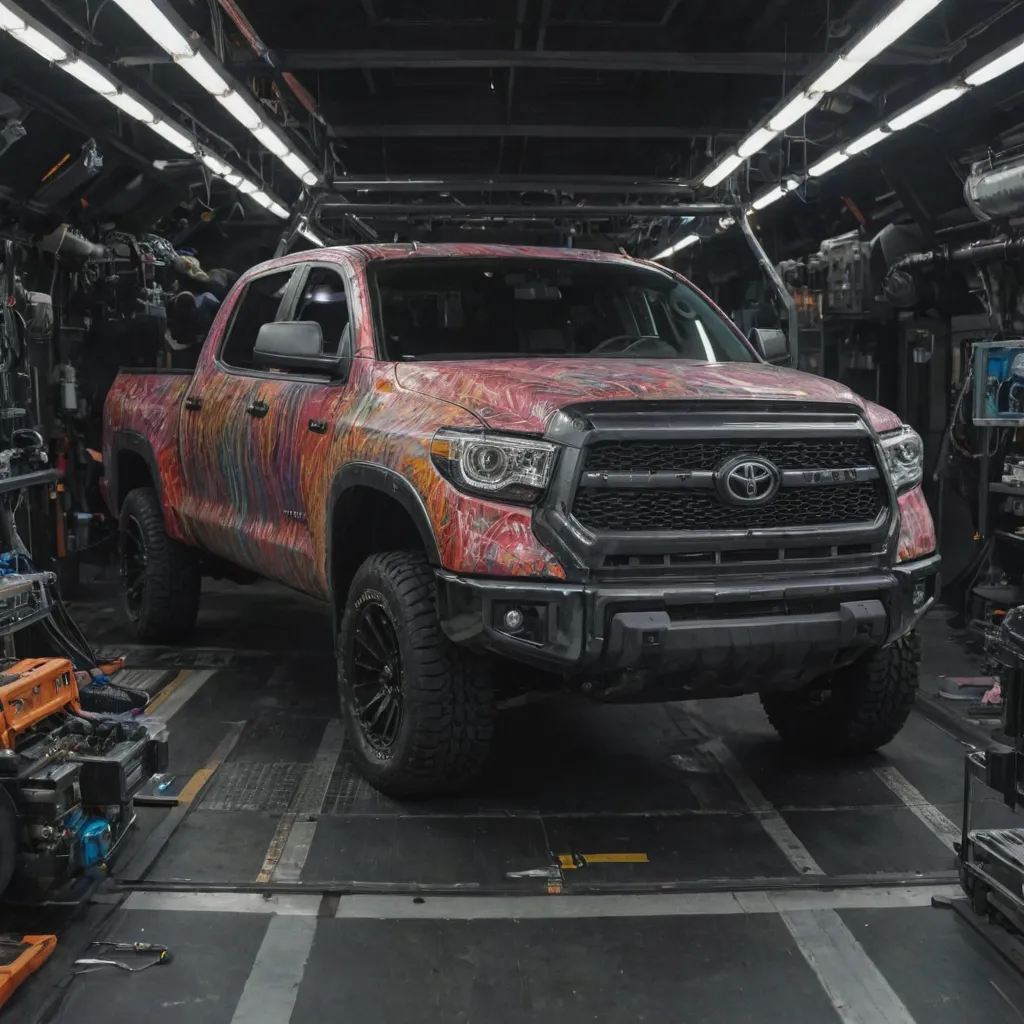
Neglecting to Research Tundra Models
Purchasing a Toyota Tundra is a significant investment, and it's crucial to ensure you're making an informed decision. Overlooking the research process can lead to a host of issues, from selecting a model that doesn't align with your needs to missing out on important features that enhance the overall driving experience. To avoid this mistake, delve deeply into the various Tundra models, comparing their specifications, capabilities, and available options.
The Tundra lineup encompasses a diverse range of models, each with its unique set of strengths and characteristics. From the base SR trim to the high-end Platinum and 1794 Edition, understanding the differences between these variants is essential. Consider factors such as engine size, towing capacity, interior space, technology features, and off-road capabilities to determine which model best suits your requirements. Neglecting to do so can lead to disappointment or the need for costly modifications down the line.
Additionally, be mindful of the various cab configurations and bed lengths offered for the Tundra. Whether you require the spaciousness of a Crew Max or the maneuverability of a Regular Cab, understanding how these options impact the vehicle's overall dimensions, storage capacity, and passenger accommodations can greatly influence your purchasing decision.
Researching the Tundra's available packages and optional features is equally important. From advanced safety technologies to premium audio systems and off-road enhancements, these add-ons can significantly enhance the driving experience and functionality of your Tundra. Failing to explore these options can result in missing out on valuable features that could have made a meaningful difference in your ownership experience.
Underestimating Towing Capacity
The Toyota Tundra is a robust and capable full-size pickup truck, renowned for its impressive towing prowess. However, many buyers make the mistake of underestimating the truck's true towing capacity. This can lead to dangerous situations on the road and potentially costly damages. It's crucial to understand the Tundra's towing specifications and how to properly utilize this capability.
The Tundra's towing capacity can vary significantly depending on the specific model, engine, and configuration. The top-of-the-line Tundra can tow up to 12,000 pounds, making it a popular choice for those who need to haul heavy loads, such as boats, trailers, or heavy equipment. But buyers should not assume that all Tundra models can handle the maximum towing capacity. Factors like payload capacity, axle ratio, and even the presence of four-wheel drive can impact the truck's towing capabilities.
Failing to account for the weight of the trailer, cargo, and passengers can result in an overloaded vehicle that is unsafe to operate. This can lead to poor handling, reduced braking performance, and increased wear and tear on the vehicle's components. In extreme cases, an overloaded Tundra may even experience mechanical failures or become unstable, putting the driver and others on the road at risk.
To avoid these issues, it's essential to carefully calculate the total weight of the trailer and its contents, as well as the weight of any passengers and cargo in the Tundra itself. This information can then be compared to the Tundra's published towing and payload capacities to ensure a safe and legal setup. It's also crucial to properly distribute the weight of the trailer and cargo to maintain proper tongue weight and balance.
Additionally, owners should familiarize themselves with the Tundra's towing features and technologies, such as Trailer Sway Control and Integrated Trailer Brake Controller. These systems can help maintain stability and control when towing heavy loads, reducing the risk of dangerous situations on the road.
Overlooking Fuel Economy Concerns
When considering a Toyota Tundra, fuel economy is an essential factor that should not be overlooked. While the Tundra is renowned for its robust performance and capabilities, its fuel consumption can be a significant concern for some buyers. It's crucial to understand the intricacies of the Tundra's fuel efficiency and make an informed decision that aligns with your driving needs and budget.
The Tundra's full-size, V8-powered design inherently affects its fuel economy. Larger engines and heavier vehicles typically consume more fuel, which can be a drawback for those seeking maximum fuel efficiency. However, it's important to weigh the Tundra's capabilities against your specific requirements. If you frequently haul heavy loads, tow trailers, or engage in off-road adventures, the Tundra's thirsty engine may be a worthwhile trade-off for its impressive capabilities.
Fuel economy can also vary depending on the Tundra's powertrain configuration, trim level, and driving conditions. For instance, the base Tundra with a 4.6-liter V8 engine may deliver better fuel efficiency compared to the more powerful 5.7-liter V8 option. Additionally, factors such as driving habits, terrain, and traffic patterns can significantly impact the real-world fuel consumption of the Tundra.
To avoid overlooking fuel economy concerns, consider the following:
- Research the specific fuel efficiency ratings for the Tundra model and configuration you're interested in, as they can vary.
- Evaluate your driving needs and habits to determine if the Tundra's fuel consumption aligns with your expectations and budget.
- Explore the availability of fuel-saving technologies, such as stop-start systems or cylinder deactivation, which can improve the Tundra's efficiency in certain scenarios.
- Consider the long-term cost of fuel, as higher consumption can significantly impact your overall ownership experience and operating expenses.
- Test drive the Tundra in various driving conditions to get a realistic sense of its real-world fuel efficiency.
Ignoring Maintenance and Longevity
The Toyota Tundra is renowned for its exceptional durability and reliability, but this reputation can only be maintained through diligent maintenance. Overlooking the importance of regular maintenance is a common pitfall that many Tundra owners fall into, ultimately compromising the long-term performance and value of their vehicle.
Proper maintenance is the key to unlocking the Tundra's full potential and ensuring it serves you for years to come. Neglecting oil changes, fluid flushes, and other routine services can lead to costly repairs down the line. Engine wear, transmission issues, and even premature suspension failure are all potential consequences of skipping or delaying maintenance.
To avoid these pitfalls, it's crucial to adhere to the manufacturer's recommended maintenance schedule. This includes:
- Regular oil changes at the specified intervals, using the recommended oil type and viscosity
- Timely transmission fluid flushes and replacements
- Periodic inspection and replacement of critical components like brake pads, rotors, and suspension parts
- Monitoring and addressing any warning lights or unusual noises or behaviors promptly
Neglecting these maintenance tasks can lead to a range of problems, from decreased fuel efficiency and performance to expensive engine or transmission repairs. In some cases, it can even void the vehicle's warranty, leaving you responsible for the full cost of repairs.
Failing to Consider Customization Options
When it comes to buying a Toyota Tundra, one of the most common mistakes buyers make is failing to fully explore the customization options available to them. The Tundra is a highly versatile and capable truck, and with the right accessories and modifications, you can tailor it to perfectly suit your specific needs and preferences. From performance upgrades to aesthetic enhancements, the customization possibilities for the Tundra are virtually endless.
One of the key benefits of customizing your Tundra is the ability to improve its functionality and capabilities. Whether you plan to use your truck for work, off-road adventures, or everyday commuting, there are countless accessories and upgrades that can enhance its performance, towing capacity, and overall utility. For example, adding a lift kit or larger tires can significantly improve the truck's off-road capabilities, while installing a bed liner or tonneau cover can protect your cargo and improve fuel efficiency.
Another important aspect of Tundra customization is the opportunity to personalize the vehicle's appearance. From custom paint jobs and graphic wraps to aftermarket wheels and grille inserts, the options for enhancing the Tundra's aesthetic are virtually endless. By taking the time to explore these customization options, you can create a truly unique and one-of-a-kind truck that reflects your personal style and preferences.
It's also worth noting that the customization process doesn't have to be limited to the initial purchase. Struggling with Your Toyota Tundra? This Accessory Guide Can Help throughout the lifetime of your Tundra, you can continue to upgrade and modify it, keeping it fresh and tailored to your evolving needs.



